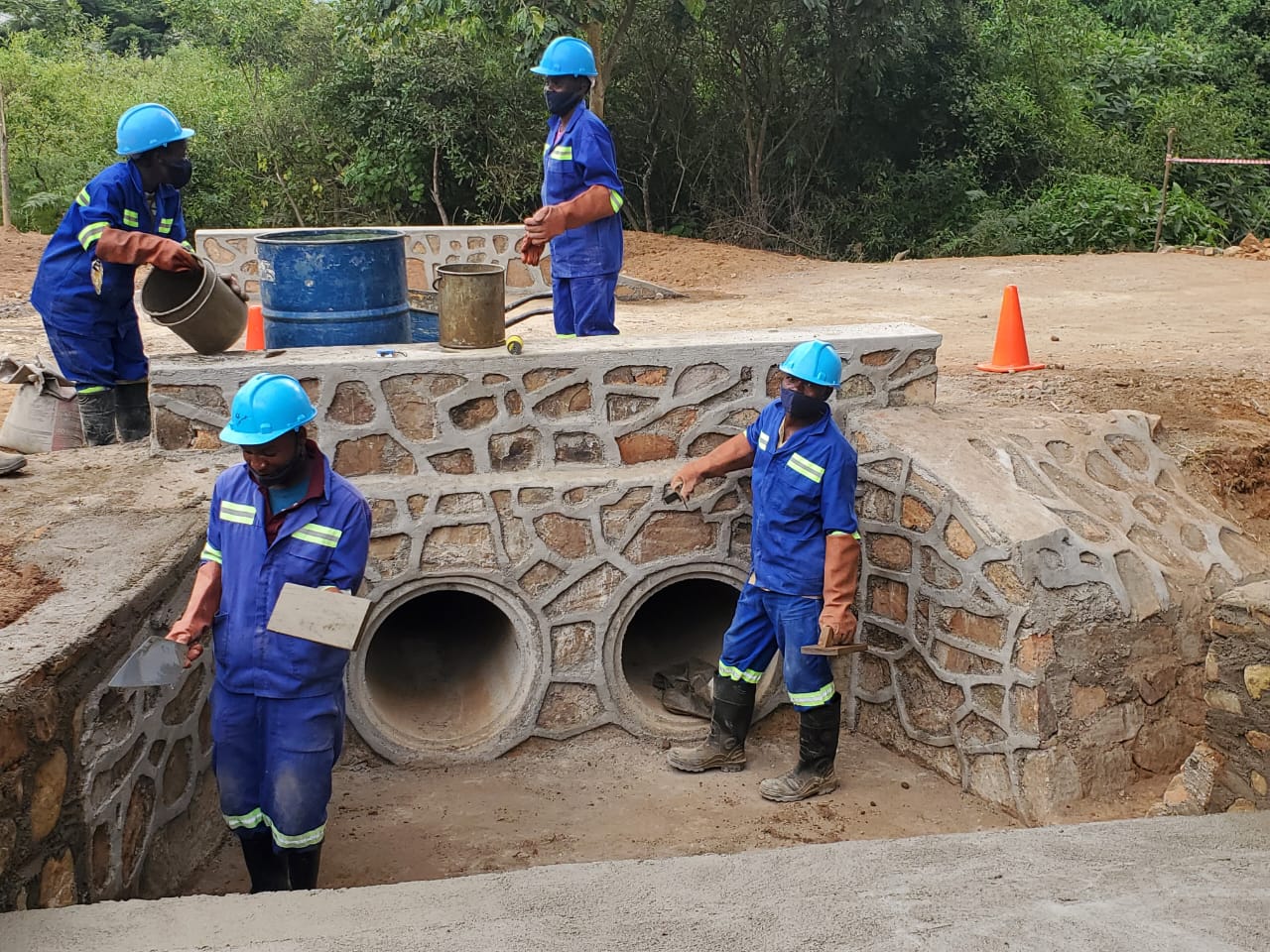Survivor-centered approach in restoring community infrastructure in cyclone affected communities
 A study by World Bank, (2010) reveals that most projects hardly make deliberate efforts to ensure participation and involvement of the community. Most donor funded projects are not sufficiently flexible to apply proven principles of community development, build local ownership and allow adequate time to build counterpart knowledge and skills threatens the ideals of development. This then defeats the fundamental concept of sustainable development which is to deliver long term affordability, quality and efficiency, value to clients and users.
A study by World Bank, (2010) reveals that most projects hardly make deliberate efforts to ensure participation and involvement of the community. Most donor funded projects are not sufficiently flexible to apply proven principles of community development, build local ownership and allow adequate time to build counterpart knowledge and skills threatens the ideals of development. This then defeats the fundamental concept of sustainable development which is to deliver long term affordability, quality and efficiency, value to clients and users.
In order to address these fundamental issues, Zimbabwe Idai Recovery Project (ZIRP) employed community based approaches in most of infrastructure development works being done in Manicaland. The project ensured that community members affected by Cyclone Idai were included as key partners in developing strategies related to their assistance and protection.
This survivor-centred approach fostered a sense of ownership amongst the beneficiaries of the project and will definitely ensure sustainability of the activities implemented. ZIRP is strengthening the communities’ capacity to identify, develop and sustain solutions to any developmental issues.
At Ruwedza Road, a total of 158 community workers, 100 females and 58 males have been employed to work on the culverts and drainage for the road. Employing community members has economically empowered the village custodians who heavily rely on farming as their source of income through connecting them with their markets. Going to work for some of these community members means they can now provide for their families.
The community workers have gained construction skills from the trainings conducted by UNOPS before they commenced work. These skills have seen the community workers constructing their own houses and recovering the losses their incurred during the Cyclone. Apart from construction, the communities have also been trained on health and safety issues as well as gender empowerment. The remunerations granted to community workers have greatly improved livelihoods.
After seeing the importance of having life skills, it heartwarming to note that some of the community workers have gone ahead to acquire qualifications in different fields.
The community workers are now capable of paying school fees for their children, buying livestock and are also improving their small irrigation schemes by procuring pipes and sprinklers.
The use of locally available materials as well as capacity building of communities has given UNOPS the assurance that the community will be able to maintain the road even beyond the ZIRP project.
The approach used by ZIRP had some positive unintended outcomes across other sectors. The employment of community workers has significantly contributed to the decrease of GBV cases as people had sources of income. Families can now afford nutritious meals, older women who had no hope of getting employment are now employed as caregivers, and there has been considerable women empowerment in these rural communities.
Further, business is now blooming in some communities as the roads have provided access to business centers and deliveries of goods and services can easily be done now. Its amazing how much can be achieved by simply empowering others.
